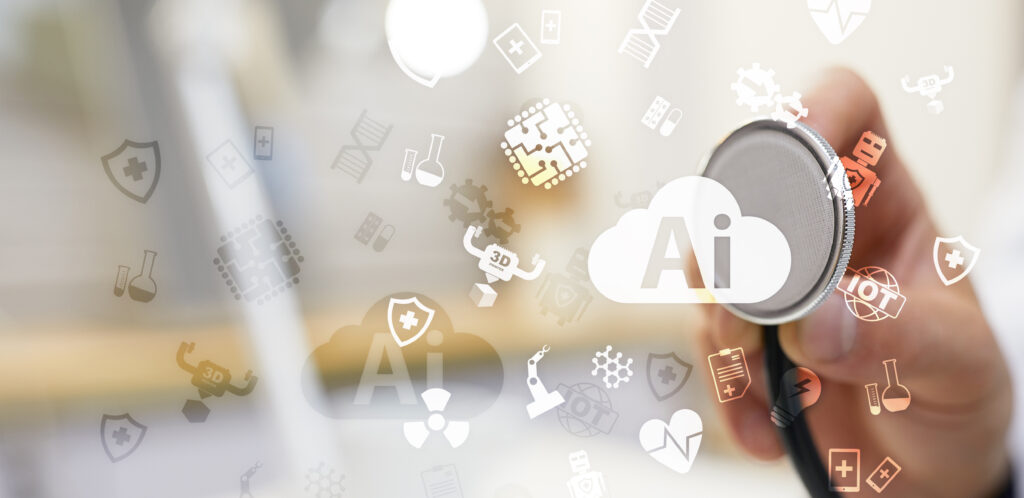Accuracy and improved data are what speech recognition promises today. This software has transformed the process of medical transcription. Speech recognition helps in obtaining optimized medical documentation. It also helps to avoid possible errors that mostly occur during the conventional transcription process. Typists play the role of editors in this program as they engage in investigative processes instead of doing the monotonous job. This helps in overall data accuracy and increases productivity. Clinicians simply need to dictate through any mode of dictation of their preference.
Characteristics of Speech Recognition
- Quicker turnaround time
- Proofing and editing enabled
- Real-time dictations translated into structured documents
- Accurate and comprehendible clinical document
Types of Speech Recognition Program
- Front-end Dictation
This type of speech recognition dictation consumes a whole lot of time as it needs active participation from the dictator to correct irrelevant or unrecognizable words or phrases. The software doesn’t dictate the words appropriately sometimes and hence dictators need to intervene manually. However, the data is usually transcribed by a skilled transcriptionist and thereafter a professional editor edits the documents. Hence, you can expect accurate records. But there may be instances when errors are committed and not corrected. It can result in poor coding and patient care.
Back-end Dictation
Dictators can obtain multiple patient records and there is no need to edit data or sit in front of the computer. In this method, the dictator needs knowledge and skills to edit and to ensure there is accuracy in data. This method is more accurate when compared to the front-end method. Here, you can expect better coding and patient care.
